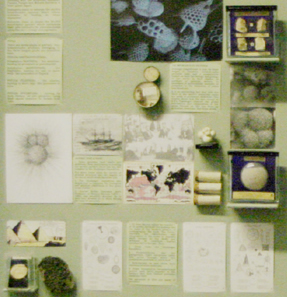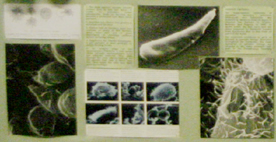
THE PROTOZOA
The 120000 species of microscopic single-celled protozoa are sometimes considered to belong to the Kingdom Protista, of equal standing with the Kingdoms Animalia, Plantae, Fungia and Monera (bacteria and blue-green algae).
Zoologists claim as animals the 30000 heterotrophic species that obtain nutrients by feeding on other organisms. Botanists claim as plants the 90000 autotrophic species that synthesise their own nutrients by photosynthesis using the sun’s energy and pigments.
Although insignificant in size, by sheer weight of numbers, heterotrophic protozoa have had a considerable impact on both the biology and geology of the earth: in food chains; as purifiers of polluted waters; as ancestors of multicellular animals; as parasites; in the formation of oozes and limestone.
The collection of parasitic protozoa and helminths, together with ectoparasitic arthropods and arthropod vectors of disease, was founded by Professor J. H. Ashworth when he began to organise the Diploma in Tropical Medicine and Hygiene in 1905. The collection of protozoa still includes slides prepared by Ashworth himself from specimens sent to him from all over the world. Representative parasites and vectors are exhibited in a separate set of cases.
|
|||||||||||||||||||||||||||||||









